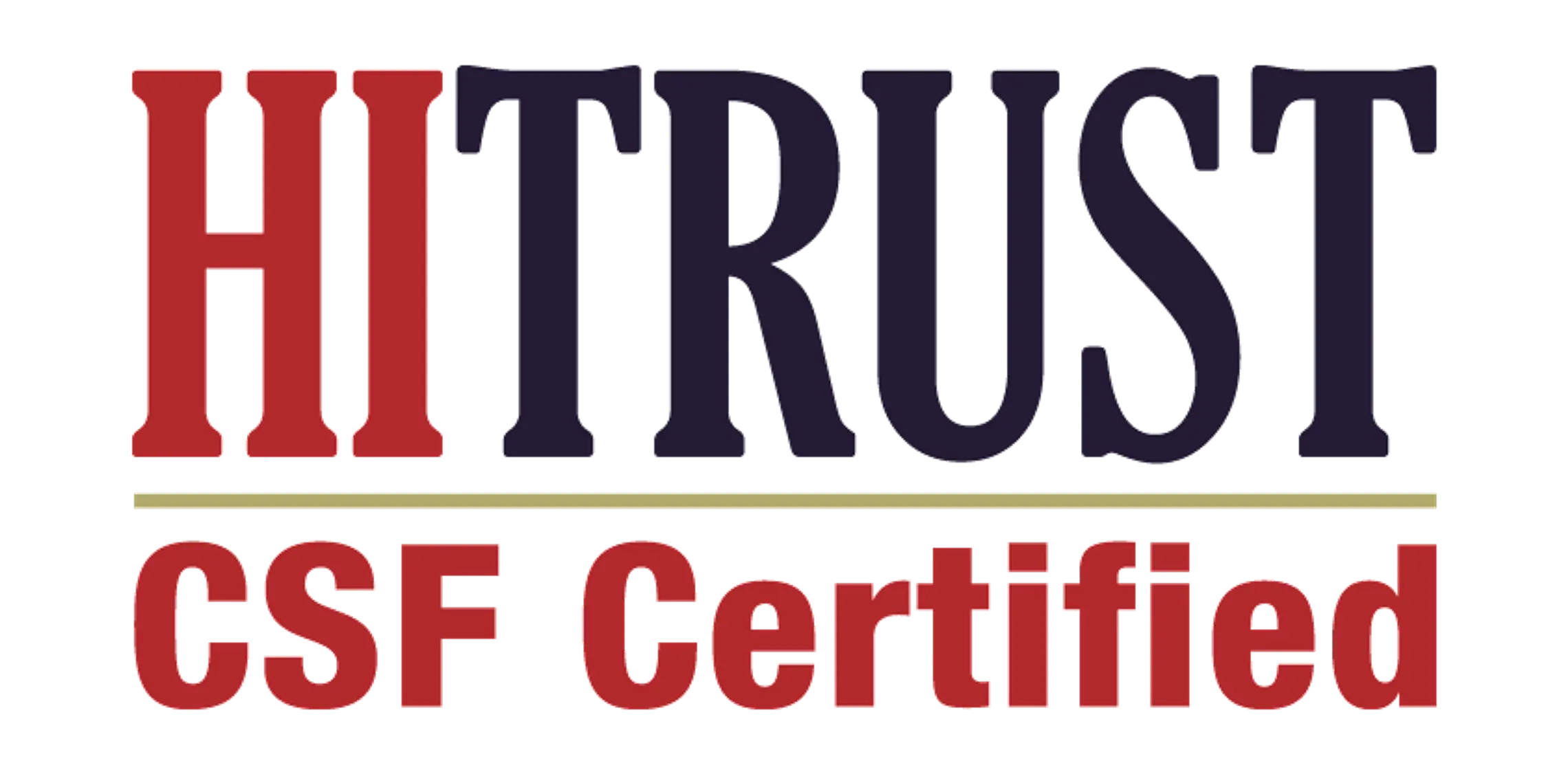Transforming revenue cycle management: Embracing innovation for enhanced efficiency

In today’s dynamic healthcare landscape, revenue cycle management (RCM) is undergoing a significant transformation. The increasing complexity of billing regulations, coupled with the integration of technology, has made it imperative for healthcare organizations to modernize and revamp their RCM strategies. By embracing innovative solutions, providers can enhance their financial performance while delivering better patient care.
Understanding the Challenges in RCM
Traditionally, RCM has been a labor-intensive process, often characterized by manual workflows, extensive paperwork, and delayed reimbursements. Healthcare organizations have faced numerous challenges, including claim denials, billing errors, and inefficiencies that contribute to cash flow disruptions. These issues not only impact the bottom line but also strain the relationship between providers and patients.
Furthermore, the COVID-19 pandemic has accelerated changes in healthcare delivery and reimbursement models, prompting organizations to seek more agile and efficient ways to manage their revenue cycles. The pressure to adopt new technologies and adapt to evolving patient expectations has never been greater.
The Case for Modernization
Modernizing RCM is not merely a response to challenges; it represents an opportunity for healthcare organizations to streamline their operations, reduce costs, and enhance patient experiences. By leveraging advancements in technology, providers can move towards a more automated, data-driven, and patient-centric approach.
1. Automation and Artificial Intelligence (AI)
One of the most significant shifts in RCM involves the integration of automation and AI. By automating repetitive tasks such as data entry, claim submissions, and follow-ups on unpaid claims, organizations can reduce human error and increase operational efficiency. AI-driven tools can analyze vast amounts of data to identify trends, predict claim denials, and optimize collections strategies. This not only expedites the revenue cycle but also allows staff to focus on higher-value tasks, such as patient communication and relationship building.
2. Telehealth Integration
The rise of telehealth has transformed the way patients access care, and RCM must keep pace with these changes. Modern RCM systems should seamlessly integrate telehealth services, ensuring that billing processes are aligned with virtual visits. Clear coding and streamlined billing for telehealth can significantly reduce confusion and enhance the patient experience, ultimately leading to increased collections.
3. Patient-Centric Models
Shifting to a patient-centric approach in RCM is vital for fostering trust and loyalty. Transparent billing processes, clear communication regarding costs, and accessible payment options can empower patients to take an active role in their healthcare finances. Implementing user-friendly online portals and mobile applications can facilitate easier access to billing statements, payment plans, and financial resources, enhancing patient satisfaction while improving cash flow.
4. Data Analytics
Data is the backbone of modern RCM. Advanced analytics can help organizations identify patterns in revenue cycles, assess financial performance, and benchmark against industry standards. By utilizing data-driven insights, healthcare providers can make informed decisions, optimize billing practices, and improve overall operational efficiency.
Conclusion
Revamping revenue cycle management is essential for healthcare organizations striving to achieve financial stability while prioritizing patient care. By leveraging automation, embracing telehealth, adopting patient-centric models, and harnessing the power of data analytics, providers can modernize their RCM processes effectively. As the healthcare industry continues to evolve, organizations that embrace these innovations will not only improve their revenue cycles but will also foster stronger relationships with their patients, ultimately leading to a healthier bottom line and a more sustainable future in healthcare.






